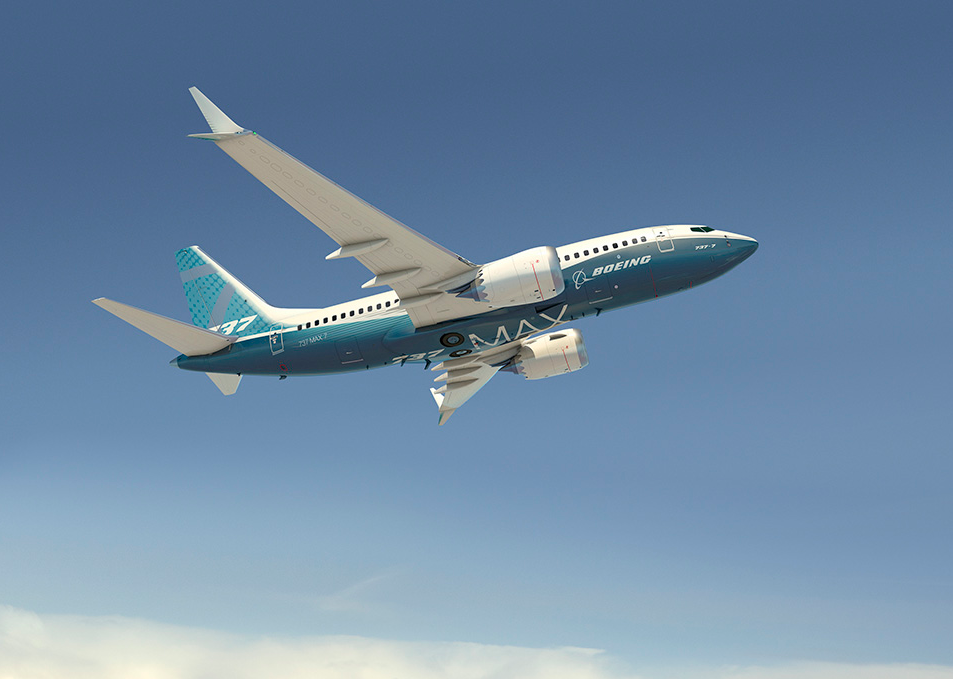How good is a MAX 7X and why would it replace the original? Part 2
By Bjorn Fehrm
Subscription required
Introduction
May 16, 2016, ©. Leeham Co:In Part 1 we described the driving forces behind Boeing’s investigations into changing the definition of the 737 MAX 7.
There are good reasons to make the -7 model larger. The passenger market is moving the average size of the cabins upwards by about 2-3 seats per year. Boeing therefore made the middle model, the -800 and later the MAX 8 larger than the 737-400. It went from 146 seats in two classes to 162 seats.

Figure 1. Boeing’s 737 MAX 7. Source: Boeing
But the -700 and therefore the MAX 7 stayed the same size as the predecessor, the -300 at 126 seats. As described in our last article, this is not an ideal size. You don't amortize the cost of the aircraft's crew over an optimal number of passengers at normal loadfactors and you have a smaller number of very specific 737-7 in your fleet. We now discuss what would be a more competitive definition for a 737 MAX 7.
Summary
- The 737-700 and MAX 7, as presently defined, is sized at 126 seats two class.
- A more competitive sizing would be closer to 150 seats in order to maximize the utilization of the regulatory mandated aircraft crew resources.
- The exact sizing will depend on how many seats the dominant customer, Southwest Airlines, wants to have in its one class economy seating, which uses a generous seat pitch of 31-32 inches.
To read the rest of the article Login or Subscribe today.


